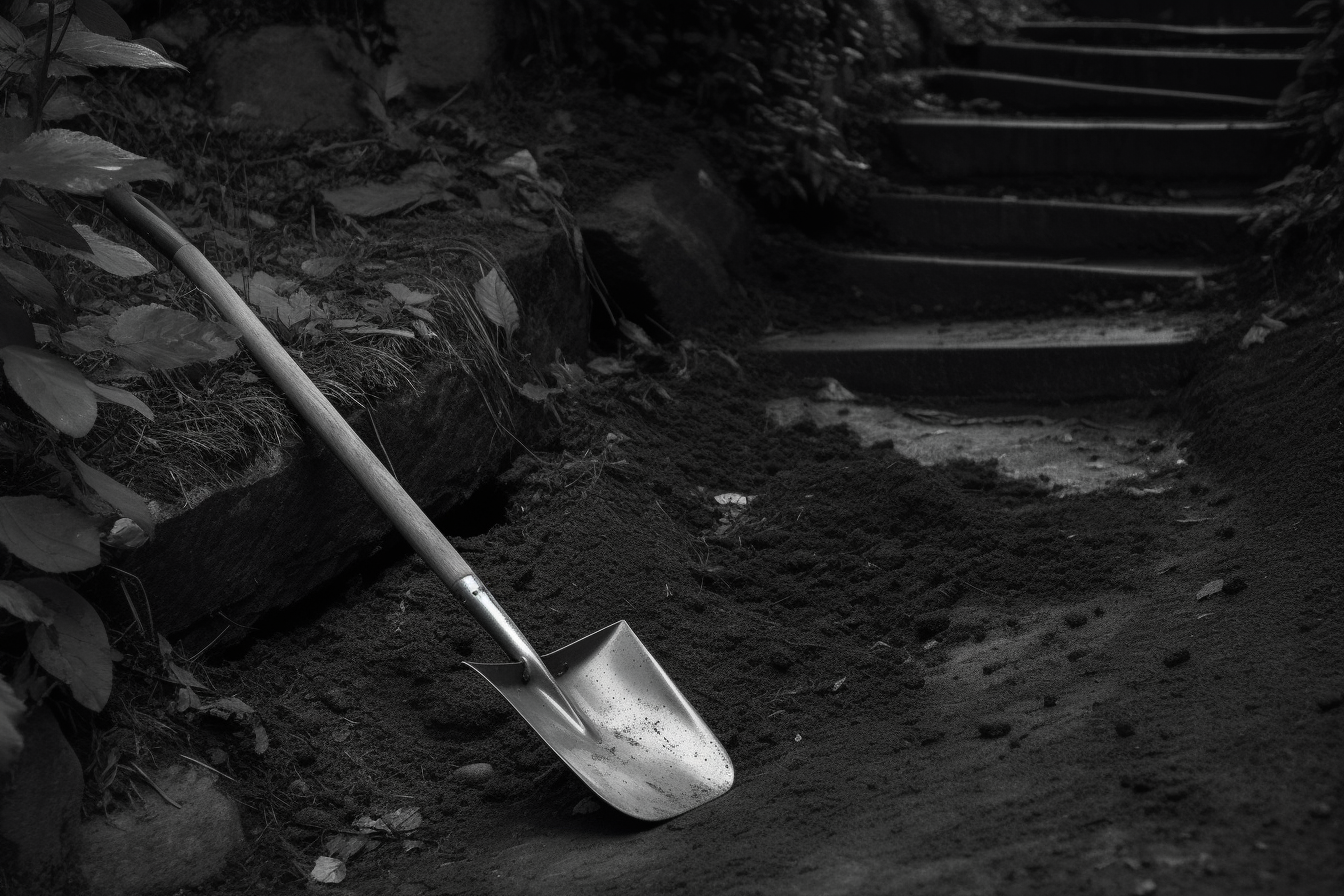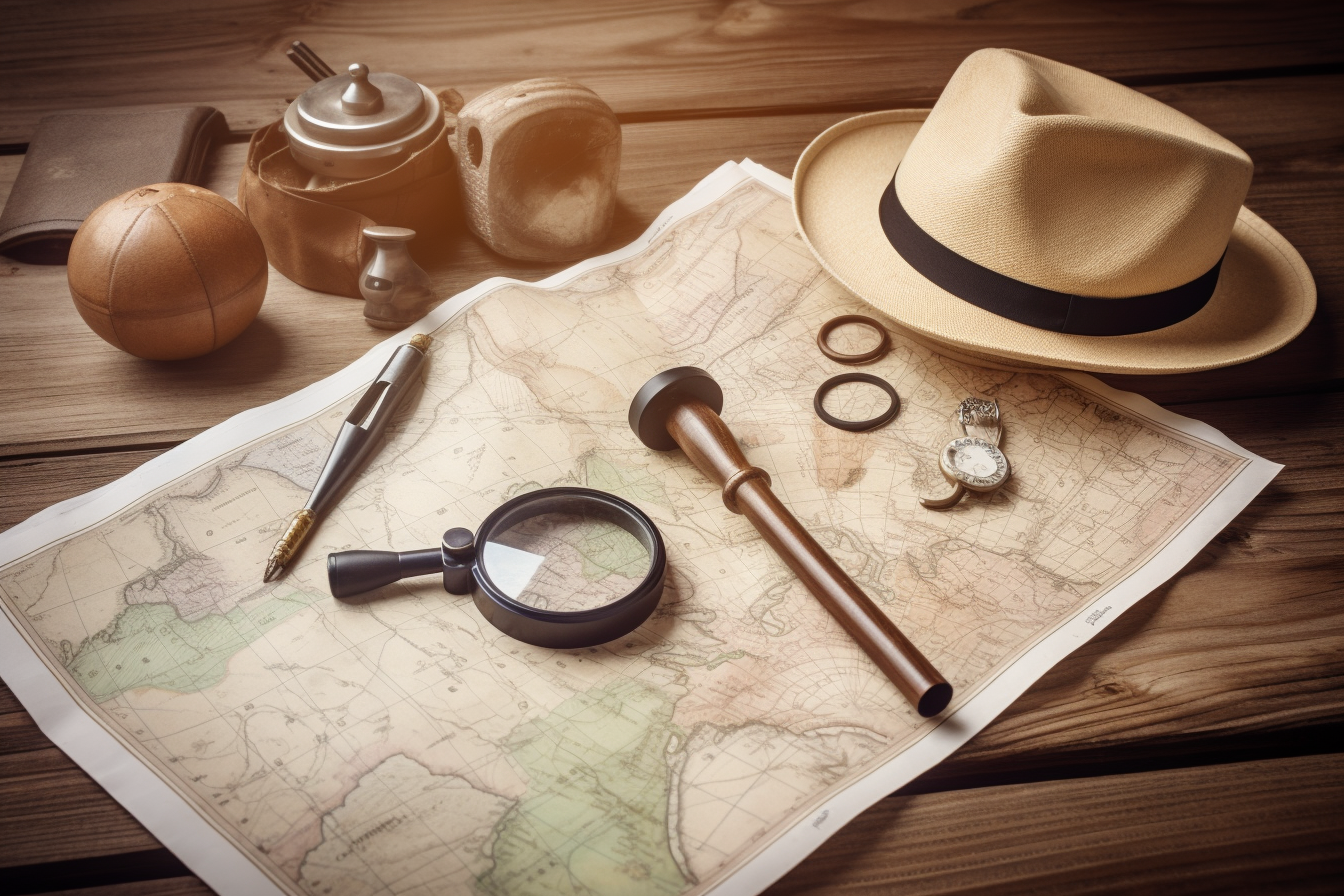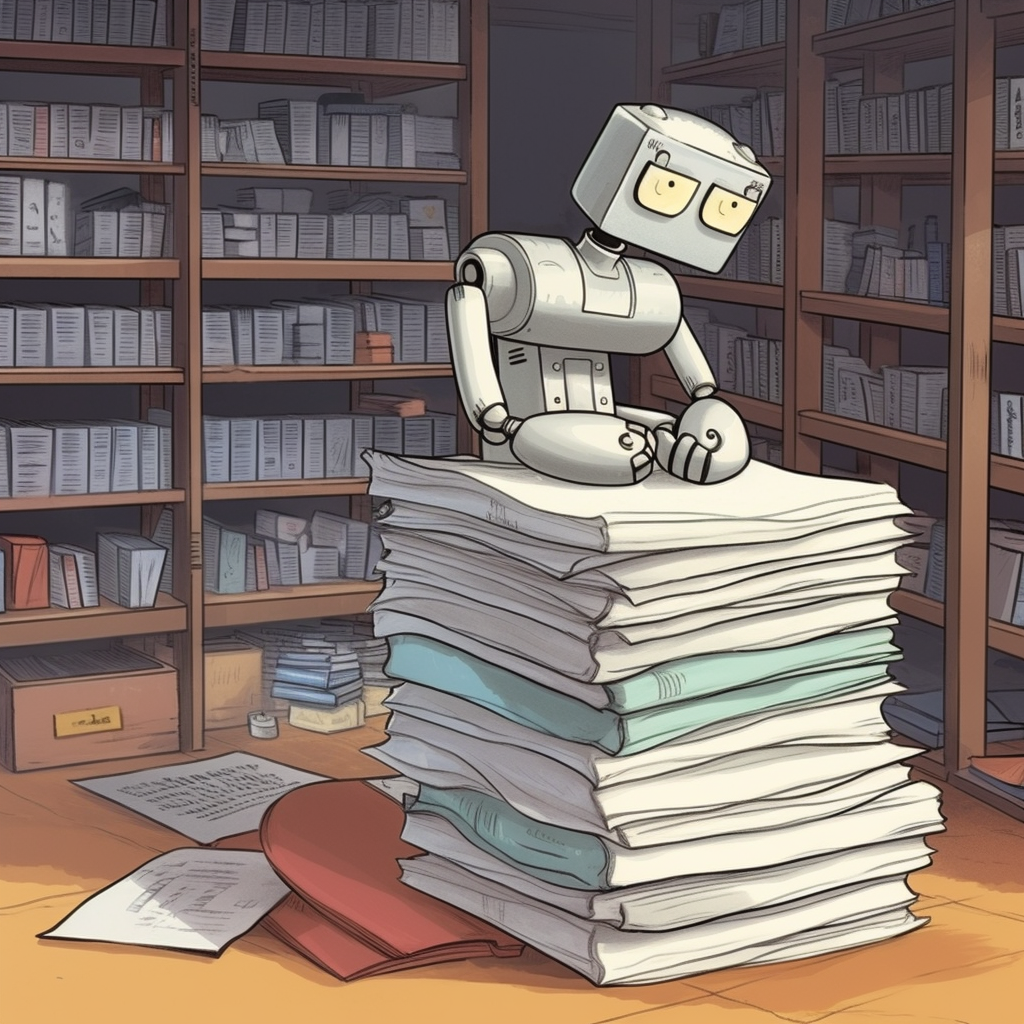The Creative Process #9 - Unearthing and Advancing
March? Dig!
As I was halfway through moving a cubic metre of compost soil, with the drizzling rain tickling my neck and threatening to turn into a deluge, I thought to myself, “Boy March is long. And I’m only halfway!”

Thanks for tuning in to The Creative Process! Subscribe for free to receive new posts and support my work.
Hand Me Down Progress
As regular readers will know, I’ve been hell-bent on finishing an interactive fiction project called Hand Me Down. The seeds for it began many, many years ago, but I picked up the project in the middle of last year and I refuse to set it down until it’s done.
My goal this year is to have it done by IF Comp 2023, which should open in September for submissions, for judging in October to November. That means beta-testing in August, which means… Jeepers I better get moving!
It’s probably a realistic goal, but good training for me - I tend to flit between projects and dedicate myself to projects without an end. Dedicating to finishing Hand Me Down is important to me.
Last month I organized my good friend Mike from Armiger Games to be my project accountability buddy. His job is to query me about my progress and keep me honest, in exchange for coffee or maybe a blood debt… we were never concrete on that. Mike is a fair but stern taskmaster. My first task was to get all the rooms in the game done. Perhaps to the annoyance of those who follow me on Mastodon, I live-tooted my progress smashing out the remainder of the 30-some rooms in the game. Great success.
This month I’ve turned my attention to the puzzles and items in the game. These are harder than rooms because there’s more of and to them. If you have an item on a table, you need to implement the table because I want more sense of scene.
Objects are easier to make than Non-Player Characters (NPCs) by a large margin, though. There are only a few NPCs planned, but they involve conversation, which involves state and memory and dialogue trees and… I’m exhausted just thinking about it.
The first part of Hand Me Down is about getting into a party. The puzzles in my game fall into three categories:
- Finding an invitation,
- Finding a costume, and,
- Finding something to share at the party.
Invitations tend to be NPC-related, so we put them off for later. Costumes were relatively easy, and the shareables weren’t too hard, being mostly treasure hunt puzzles. Or so I told Mike. He insisted for the first accountability meeting of the month that I have the costumes and half the shareables done. I agreed.
Costumes were 99% implemented — one of the components required me to undo some previous work and re-integrate it into the new regime, which is like unpicking embroidery and redoing a small square, so I haven’t done that yet. Mike allowed this transgression. (Well, to be honest he has no power except what I give him, but that’s exactly the point of an accountability buddy.) But I created and themed the costumes in their entirety.
I was pretty happy with how the costumes turned out. There’s a little bit of technical wizardry in how individual pieces automatically combine into a costume, which pleases me. I might release that as a little module for other people to use.

Shareables turned out to be more work than expected. I did design one (a board game) that works splendidly, but I still have to go and hide the pieces throughout the game, which, as mentioned before, requires me to build out a lot of scenery. The board game has some nice smooth finishes, like keeping track of what you need and what you have, but also expressing that in a natural way. Rather than “You need a red token and a green token and a blue token”, it neatly says “You need red, green and blue tokens.” Through these little endeavours, I’m slowly regaining and improving my expertise in TADS 3, the programming environment the game is built in.
The seismic change to Hand Me Down this month was a small suggestion from Mike that fixed a vast number of problems (as earthquakes do). Originally the framing story is that you’re a Dad with a daughter. He attempts to make games for her as she grows up. Through what I described as a “complicated and vague backstory”, he adopts the step-son of his ex-wife. The Dad dies but not before befriending the step-son who has an interest in computer archaeology, who curates the Dad’s old unfinished games, finishes them, and gives them to the daughter. That’s the game. The games are meant to be handed down, hence the name.

But in all the awkward and vague description I was providing, Mike suggested it might be better that the son actually be the daughter’s partner instead.
This gets rid of a mountain of unnecessary complexity, and actually produces a stronger through-line for the game. It lets me recontextualise the two parts to the game, and make all the characters in the game snap in much cleaner than before. There was an ancillary story about the grandfather, and now that’s stronger as father-to-son hand-me-downs. There’s the love lost and responsibility shirked by the Dad’s ex-wife. There’s the love gained and responsibility embraced by the daughter’s partner. The Dad and daughter are central. These five characters suggested five clear costumes for the game. It strengthened themes in the shareables. It made part 2 have a stronger backstory, and simplified the overall backstory. My mind is still buzzing with this simple but far-reaching change.
I’m still in the weeds implementing items, but everything is coming together so much nicer than before.
Diverging and converging on convergence and divergence
Last month I discussed the lovely concepts of convergence and divergence in art and projects. In a little bit of wandering, I learned about novelty search in artificial intelligence, and did a deep dive on the works of Kenneth Stanley and Doug Lehman.
The basic idea is that in most of machine learning what everything boils down to is optimization. There’s a goal, and you’re trying to move towards it as fast as you can. Occasionally you get stuck, so you start again randomly and see how you go.
Novelty search is wary of one problem in this space: deception. Maybe the best answer is hidden by a valley of promising-looking but ultimately shallow results. You need to seek beyond the immediate promise. Novelty search tries to optimize in two ways (either alternatingly or simultaneously): head to the optimal goal, and try to have really unique, novel options open while you’re doing it. This is natural in approaches like genetic algorithms. You keep a population of fit and novel organisms, rather than just the fit.
This philosophy of not being blinded by optimisation has been extended out well beyond machine learning in Why Greatness Cannot be Planned: The Myth of the Objective by Stanley and Lehman. Of course in life if you are close to a solution, do the usual mantra and move towards it. But in true creativity or research, you need to explore the novel without reference to the optimal. This applies to grants, creating art, and living life!
I got a copy of this book via Amazon. It arrived super-quick. Funnily enough I flicked through it quickly, saw some pictures I recognized and was happy. The title on the spine was offset weirdly and the back cover had a excess white line, but whatever. Academic publishers, amiright? Then when I sat down with it, I found there was quite a lot of Python code in it. Weird, for a philosophy book. And graphs too. Hrm. I tried to read the table of contents and it was really odd. I checked the inside title… “Python for Signals Processing”. Whaaaaa…
I have a theory: either back in Springer HQ or if Amazon prints Springer paperbacks on demand, some little robot was given the job of binding my book. Somehow they were given the complete paper stack of my book and Python for Signals Processing, and dutifully bound it together, accidentally using some of the bleed space because the cover wasn’t big enough for the “book”.
Novel way to get a free book, I must say.

I’ve been thinking about novelty search and genetic algorithms for a project called EcoRogue. That might be my post-Hand Me Down project, and I hope to make a Roguelike Celebration talk on it in 2024.
Two Interactive Fiction distractions
Despite my diligence and family distractions, I did have two extra, Interactive-Fiction-themed distractions this month.
Many years ago, when I was starting with Emacs, I updated some ancient code by Stephen Granade that helped you write TADS 2/3 code. I put it on Github and the IF Archive, but really only updated it once. Deep into my coding this month, I wondered if I should modernise the package and add some improvements. The universe answered back in the form of an enterprising CS student called Alexis, who was updating both my code and the similar one for Inform 7. After some back and forth, I offered to relinquish the code to her because she improved it more in a week than I had in years. I’ll try to contribute to it, but it’s in her much more capable hands at the moment. The repo is here.
So she saved me from some yak shaving. But alas, there was another worthy distraction!
Mike Russo has put out a call, inspired by others, for an Interactive Fiction Code Amnesty Day. The idea is to share code you’ve written for IF games, so newcomers can learn from you. And it can be for successful or not-so-successful projects. I had a few games that could be good for this: Mixtape; an abandoned philosophy game Convolution; a half-completed game about the MIR Space Station called One Giant Leap, and some art show projects. I vowed to find them!
The one problem: for most of them I didn’t have the code on my main computer. Surely I have a backup soooomewhere. So I went drive diving, storage spelunking, cloud storage combing. I managed to recover two giant hard drives (that were RAID-mirrored to each other so it made it just that much more difficult to explore). Looks like I have the code to everything except Mix Tape, which is simultaneously encouraging and baffling. I hope to share everything, including planning documents, if I can find them.
There are some other file-encrypted drives to which I know the password, but can’t seem to get the programs to decrypt them. I’m trying to not get stuck in a local minima wrestling too much with that.
Reading
I don’t do New Years resolutions, but I did set out to improve my reading this year. I read a vast amount on the web or papers, but I just wanted to get a few normal books under my belt. I was happy for it to be in book or audiobook form.
In January when I was still in my puzzle-y mood, I read The Puzzler by A.J. Jacobs, and January-February I did Building a Second Brain by Tiago Forte.
This month I managed to finish two books:
- There is No Anti-Mimetics Division by qntm in paperback form (but you can get it from their site for free)
- And the audiobook of Permutation City by Greg Egan.
There is No Anti-Mimetics Division is an outgrowth of SCP fiction. It’s in the same universe, if such a thing can be corralled. I enjoyed the existential horror of a malevolent force that eats ideas, memories and ██████, and the mysterious researchers who are the first and last line in protecting against it. If you thought this was your first day in the Anti-Mimetics Division, think again. And wipe the blood coming out of your nose.
I liked the prose and the endlessly inventive ideas about anti-mimetics. There are some artistic uses of the SCP-style mega-redactions. Near the end it gets a bit whackadoodle, but it was enjoyable and tense.
Permutation City is a transhumanist sci-fi novel by fellow Australian Greg Egan. It’s a rare treat to see Australian cities in science fiction. It’s not so great to hear American voice actors attempt an Australian accent, but swings and roundabouts.
The novel explores one man’s grand vision of a virtual utopia, pulled off in the most spectacular way. The sci-fi is hard as diamond — be prepared for extensive discussions on virtual reality, biochemistry, cellular automata theory, physics, astrogeology and more. There are a lot of philosophical explorations into the concept of uploading minds from the meatverse to the metaverse. This is no Ready, Player One, mind you.
It’s surprising how adept Egan was at understanding virtual reality and transhumanism given the book was written in 1994. Overall it was a good science-y yarn, well worth the read.
Digging Deep
To bring the theme full-circle and mention one of the last distractions of this month, my daughter had a birthday party. After COVID and some previous birthdays being cancelled due to other illnesses, we finally had a big party for her. In a move declared “brave” by her kindergarten teacher, we invited her entire class because we didn’t know which ones were friends yet.
This kicked off some major yard and outdoor area work. I spent a few hot days with the Sisyphean task of removing a garden bed’s worth of rocky clay garbage dirt, and replacing it with nice compost soil, chip bark and shrubs. I spent a few more days tidying, cleaning, pressure washing and oiling the deck. The entire house was cleaned and polished and prepped. I’m more a knowledge worker than a labourer, so I mostly acquired the knowledge of how physically tired I could get.
Yet nothing prepares you for the terror that is 20-odd (and sometimes odd) kids descending upon your house simultaneously. You become acutely aware of every glass object, every treasured Lego build, every thing vaguely interesting but not nailed to the foundations. But, once you dig a foxhole, you might as well use it.
The party went great and the long chat my daughter had with the face painter was the best conversation in her entire life.
Little man slept through it all. He’s so much more chill. He has spent the month learning to say “Dadda” despite it being more socially valuable for him to say anyone else. I appreciate it though. He’s boosted himself developmentally, and is a happy little lad. Every time I put him on the change table he blows the biggest, funniest raspberries. I’m trying to decide if that’s a fart joke for babies or his attempt at going “brrrr!”
Was this interesting Do you have a friend who needs some interesting in their life?
April ahead
March was very productive and tiring. April will involve uploading my IF code for Code Amnesty day. I intend to take a few weeks off work to dedicate myself fully to Hand Me Down and get it closer to beta-testing. I owe other people beta-testing too. I also feel drawn back to doing a 3D art side project.
Onwards, and as they say, upwards!